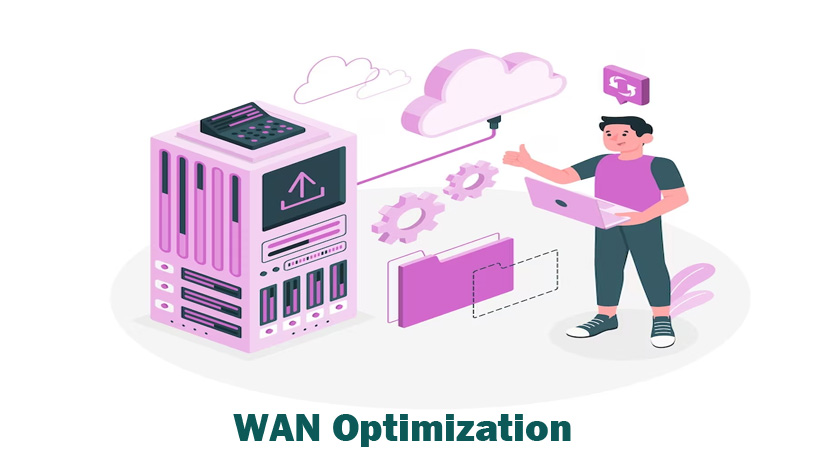WAN optimization, an Abbreviation for comprehensive area network optimization, is a set of techniques designed to enhance the performance and effectiveness of data transfer over a vast area network. WAN networks are connected through geographically dispersed locations such as data centers or branch offices. Since there is a geographical distance and network latency, WAN optimization will help overcome these challenges associated with slow data transfer and optimize the overall user experience.
Importance of WAN Optimization
- WAN will aim to make effective use of available bandwidth. Techniques such as deduplication are often used to reduce the amount of data transmitted over the network, enhancing bandwidth usage.
- A delay in data transfer between 2 points can be significant in WANs. So, its optimization process will minimize the delay and improve the responsiveness of services and applications.
- Deduplication is a process where you eliminate excess data during transmission. Wan devices also ensure that only one copy is transmitted, eventually reducing the amount of data transferred and improving efficiency.
- The traffic shaping process also involves controlling the data flow to enhance network performance. It allows for the prevention of crowding and makes sure that crucial applications receive the necessary bandwidth.
- Some WAN optimization processes will focus on a particular application to accelerate their performance over the network. This is specifically useful for companies that will rely on particular crucial applications.
- Another crucial point you need to keep in mind is that the quality of service prioritization mechanism well-prioritized network traffic based on the importance of the data that is being transmitted. Critical applications such as video conferencing can be prioritized to ensure higher performance.
Conclusion
In conclusion, WAN optimization is necessary for Companies with distributed networks as it allows them to overcome the limitations due to geographical distances and optimize the efficiency of data transfer across the entire network. This is important to ensure a seamless user experience and enhanced productivity in remote or branch offices.

